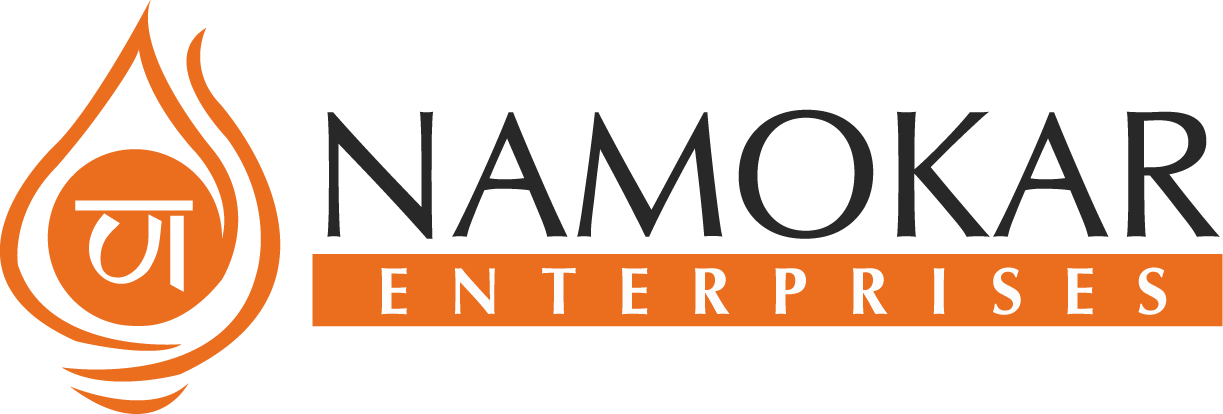Jindal MS pipe“ refers to Mild Steel (MS) pipes manufactured by one of the various companies operating under the Jindal brand in India. The Jindal Group is a large conglomerate with diverse interests, and several of its entities are involved in steel and pipe manufacturing. The most prominent ones that come to mind when talking about MS pipes are often: Jindal Pipes Limited (JPL) / Jindal Star: This is a major manufacturer of ERW (Electric Resistance Welded) steel pipes, including black and galvanized MS pipes, up to 14” NB (Nominal Bore) as per IS:1239 and larger sizes (8“ and above) as per IS:3589. They are very well-known in the plumbing, water, gas, and structural applications market. Jindal SAW Ltd.: While they also produce large diameter SAW (Submerged Arc Welded) pipes primarily for oil and gas, and water transportation, which can be MS, their focus is generally on larger diameter line pipes. Jindal Supreme (India) Private Limited: This company manufactures and wholesales GI, Rectangular, and MS pipes. What are MS Pipes? MS pipes, or Mild Steel pipes, are made from low-carbon steel (typically 0.05% to 0.25% carbon content). This low carbon content makes them: Ductile: They can easily change shape without losing their toughness. Weldable: Easy to fabricate and join. Strong and Durable: They possess good tensile strength and can withstand significant loads, pressures, and temperatures. Cost-Effective: Relatively inexpensive compared to other types of pipes like stainless steel. Corrosion Resistant (when treated): While not entirely immune to rust, they can be treated with protective coatings (like galvanization or paint) to enhance their resistance to corrosion and abrasion. Jindal MS Pipe Specifications and Standards: Jindal MS pipes are manufactured to comply with a wide range of national and international standards, ensuring their quality and suitability for various applications. Common standards include: Indian Standards (IS): IS 1239 (Part-I): For mild steel tubes, tubulars, and other welded steel fittings (common for sizes up to 6” NB). IS 3589: For MS pipes used in water, gas, and sewage transmission (common for sizes 8“ and above). Grades like Fe330 and Fe410 are typical. IS 1161: For structural pipes (Grades YST 210, YST 240, and YST 310). IS 3601: Steel Tubes for Mechanical & General Engineering. IS 4270: Steel Tubes for Water Wells (Casing Pipes). International Standards: ASTM (American Society for Testing and Materials): ASTM A53 (for water, gas, air), ASTM A795 (fire protection), ASTM A135 (conveying liquids/gases), ASTM A500 (structural). API (American Petroleum Institute): API 5L (for oil & gas conveying at high pressure). BS (British Standards): BS 1387, BS 1775, BS 1139, BS 534, BS 6363. DIN (German Standards): DIN 2440, 2441. ISO 65. Common Sizes and Dimensions: Jindal MS pipes are available in a vast range of sizes: Outer Diameter: Typically from 1/2” (15mm NB) up to 20“ NB or even larger (e.g., 60” for SAW pipes from Jindal SAW). Wall Thickness: Varies from 2.00mm to 10.00mm or more, depending on the nominal bore and class (Light, Medium, Heavy) as per IS standards, or schedule numbers (e.g., SCH 40, SCH 80) as per ASTM standards. Length: Standard lengths are often 6 meters (20 feet), but customizable lengths may be available. Manufacturing Process: Jindal primarily uses the Electric Resistance Welded (ERW) and High Frequency Induction Welded (HFIW) processes for their smaller to medium diameter MS pipes. For larger diameters (e.g., above 16-20 inches), Submerged Arc Welded (SAW) processes (UOE, JCOE, Helical) are used, primarily by Jindal SAW.
Send Message







